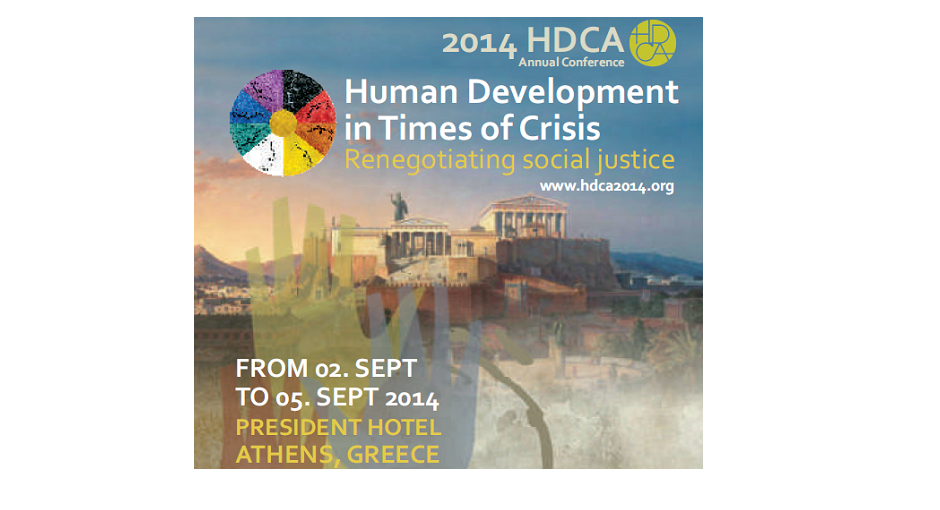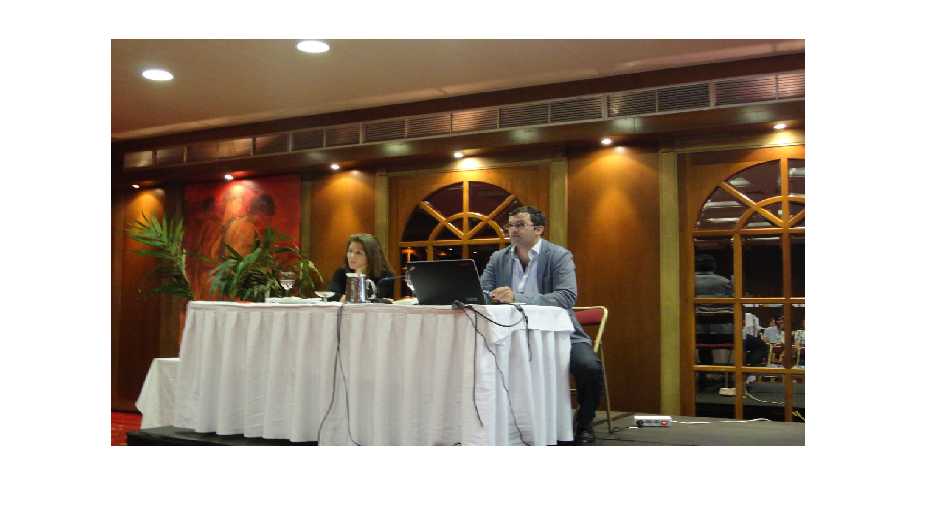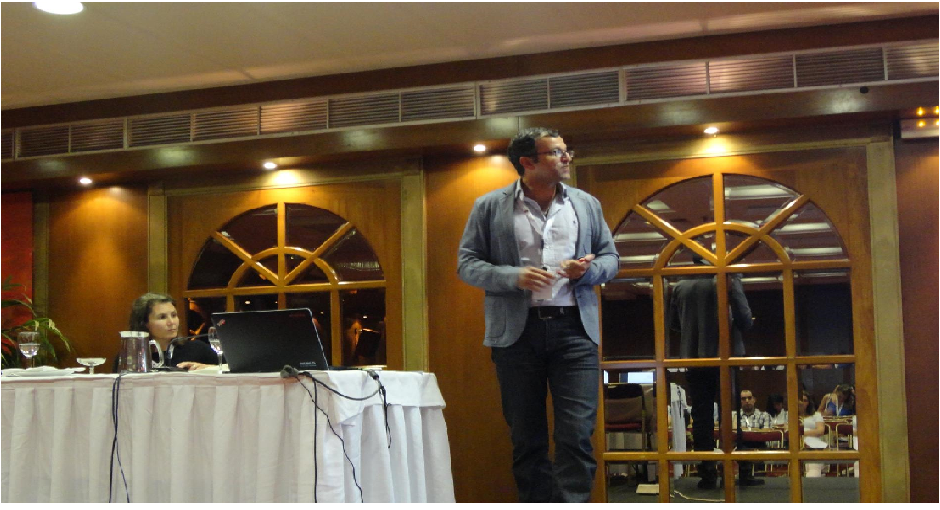Summary
AHEAD Presentation: "Youth Well-Being through the Lens of the Capability Approach: Insights from the occupied Palestinian territories"
Background: Recent decades have witnessed a rising interest in the capability framework- put forth by the Nobel Laureate Amartya Sen- as an alternative approach to the measurement of well-being. Accordingly, the capability to lead a dignified life is deemed crucial. The literature on capability approach (CA) has, however, remained largely theoretical. This paper presents an empirical application of a recent methodology and in doing so offers practical insights into how capability can be measured over three basic attributes (health, knowledge and wealth) using the particular context of the occupied Palestinian territories (oPt) with a focus on youth aged 15 to 29, inclusive.
Methods: Youth capabilities are measured following the framework initially proposed by Muth├®n, (1984, 1998–2004) and recently applied by Krishnakumar & Ballon (2008). Capability is conceptualized as a latent variable and measured using a fully generalized (latent and observed) structural equation modeling technique. The model consists of two parts: (i) a set of structural equations capturing the influence of latent variables on one another as well as the influence of exogenous variables on them, and (ii) a set of measurement equations specifying the relationships between observed variables (functionings) and latent variables (capabilities). The GSEM enables us to account for the unobservable and multidimensional nature characterizing the concept of capability. The estimation results are then used to derive capability indices (CI) for each dimension at the individual level. Finally, the empirical distributions for each CI is computed and analyzed. The CIs are in turn used to create an Aggregate Well-being Index (AWI). The methodology is applied to nationally representative data taken from the Palestinian Family Survey-2010.
Findings: Our results show a high interdependence between capabilities. While health capability is found to be an important determining factor of youth knowledge capability, the latter is found to be crucial in determining wealth capability. In contrast, wealth turns out to have a significantly negative effect on health capability, reflecting a quite puzzling relationship between these capability dimensions. Results also confirm the importance of some (exogenous) factors in the conversion of capabilities into achievements. For instance, the capability of youth to achieve good health appears to be significantly affected by access to both health care facilities and professionals, location of residence, literacy and lifestyle variables. With the exception of health, results demonstrate higher capabilities in the West Bank (WB) compared with the Gaza Strip (GS). However, in so far as the empirical distribution of each CI is concerned, the WB has larger inequalities in the capabilities under consideration. Our results reveal significant variations between and across the Palestinian agglomerations. These trends are also reflected in the Aggregate Well-being Index (AWI).The finding of lower inequality in the overall well-being in the GS can be attributed to the mass impoverishment and deprivation of the population.




